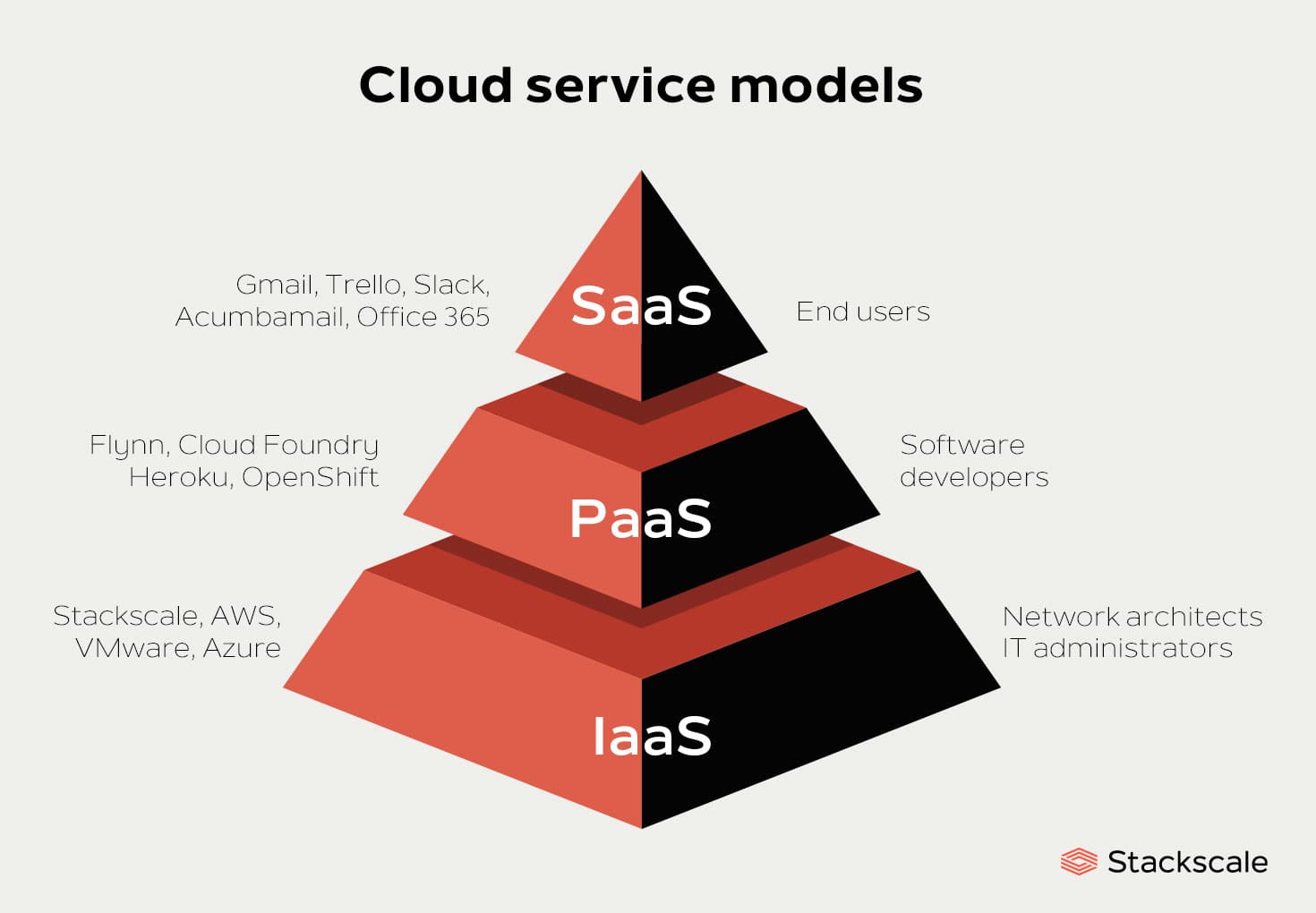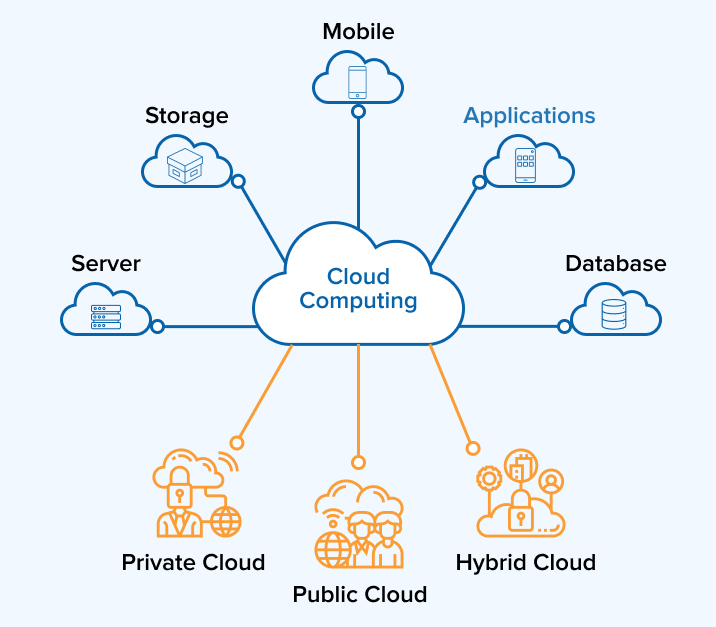Comprehensive Cloud Services: Increase Effectiveness and Safety And Security for Your Company
Comprehensive Cloud Services: Increase Effectiveness and Safety And Security for Your Company
Blog Article
Achieve Seamless Scalability With Cloud Provider
In the ever-evolving landscape of cloud services, attaining seamless scalability stands as a keystone for modern organizations seeking to remain adaptable and competitive. The mission for seamless scalability with cloud services unveils a globe of possibilities for those eager to welcome the transformative power of dynamic resource management.
Advantages of Cloud Scalability
Cloud scalability uses organizations the versatility to dynamically readjust resources based on demand, making sure optimum performance and expense efficiency. One vital benefit is the ability to scale resources up or down swiftly in response to changing work. This dexterity enables services to meet altering client demands without over-provisioning resources, eventually leading to set you back savings. Scalability likewise improves efficiency by guaranteeing that systems can handle enhanced web traffic or workload without experiencing downtime or downturns. By successfully allocating resources, organizations can maintain high levels of performance during peak times without unnecessary costs during quieter periods. Furthermore, cloud scalability promotes advancement and trial and error by permitting businesses to easily check brand-new ideas and scale them as required. This flexibility urges a society of constant enhancement and adjustment, allowing organizations to remain competitive in a rapidly advancing market landscape. Eventually, the benefits of cloud scalability extend beyond price savings to incorporate better performance, dexterity, and development.
Key Functions for Scaling
Efficient scaling in cloud services depends on crucial attributes that make it possible for organizations to adjust sources dynamically based upon demand. One vital feature for scaling is flexibility, permitting resources to scale up or down in reaction to fluctuating workloads. This makes sure that organizations can meet efficiency requirements without over-provisioning sources. Another crucial feature is scalability, enabling systems to take care of boosted work by adding sources effortlessly. This feature is important for fitting development without compromising performance. In addition, automation plays an important duty in scaling by automating the provisioning and de-provisioning of resources based on predefined policies. Automation minimizes human treatment, enhances performance, and guarantees fast feedback to changing demands. Tracking and analytics devices are additionally vital for scaling, providing insights right into source usage, efficiency metrics, and prospective traffic jams. These tools allow companies to enhance and make informed decisions resource appropriation for reliable scaling. In general, these essential attributes jointly equip organizations to achieve smooth scalability in cloud solutions.
Applying Auto-Scaling Methods
To properly optimize resource allowance and adapt to differing work, companies need to tactically execute auto-scaling techniques in their cloud services framework. Auto-scaling enables systems to immediately adjust the variety of compute resources based upon real-time need. There are different auto-scaling methods that organizations can employ, such as anticipating scaling, which utilizes historic data to anticipate future source needs, and responsive scaling, which replies to current work changes.

Ideal Practices for Scalability
For organizations aiming to enhance their scalability in cloud services, implementing finest techniques is critical for optimum performance and resource monitoring. One secret best technique is developing applications with a microservices architecture. This strategy breaks down applications into smaller sized, independent solutions that can be deployed, upgraded, and scaled individually, permitting for higher flexibility and scalability.
An additional essential practice is using containerization innovation, such as Docker or Kubernetes. Containers enable the product packaging company website of applications and their reliances into separated systems, making it simpler to scale components independently and release them constantly across different settings.
Furthermore, implementing automated deployment and infrastructure as code (IaC) can enhance scalability efforts (linkdaddy cloud services). Automation tools like Terraform or Ansible help in provisioning and taking care of sources successfully, reducing manual mistakes and allowing rapid scalability
In addition, keeping an eye on performance metrics, establishing notifies, and performing routine ability planning are necessary practices to guarantee aggressive scalability monitoring. By sticking to these finest techniques, companies can attain seamless scalability in their cloud services while enhancing efficiency and source utilization.
Tracking Performance Metrics
When evaluating the efficiency of cloud services scalability, carefully keeping track of performance metrics is critical for guaranteeing ideal capability and source appropriation. By continuously tracking crucial efficiency indications (KPIs) such as feedback times, resource, throughput, and latency utilization, companies can obtain beneficial understandings right into the wellness and effectiveness of their cloud facilities. Keeping track of performance metrics permits for the very early discovery of prospective bottlenecks or problems that could affect scalability, enabling proactive steps to be taken to address them before they rise.

Final Thought
To conclude, accomplishing seamless scalability with cloud services is necessary for companies to maximize efficiency, enhance innovation, and keep high efficiency levels during peak times. By leveraging the benefits of cloud scalability, executing auto-scaling approaches, making use of essential features such as flexibility and automation, and adhering to ideal methods like application design and efficiency tracking, companies can efficiently scale their systems while making best use of source use and performance.
The quest for seamless scalability with cloud solutions reveals a world of possibilities for those prepared to welcome the transformative power of vibrant resource monitoring.
Cloud scalability uses organizations the flexibility to dynamically readjust resources based on need, ensuring ideal efficiency and cost effectiveness. Another crucial feature is scalability, allowing systems to handle boosted workload by adding sources perfectly.For companies intending to enhance their scalability in cloud services, implementing finest techniques is essential for ideal efficiency and source management.When examining the efficiency of cloud solutions scalability, closely keeping an eye on efficiency metrics is necessary for guaranteeing ideal capability and resource allotment.
Report this page